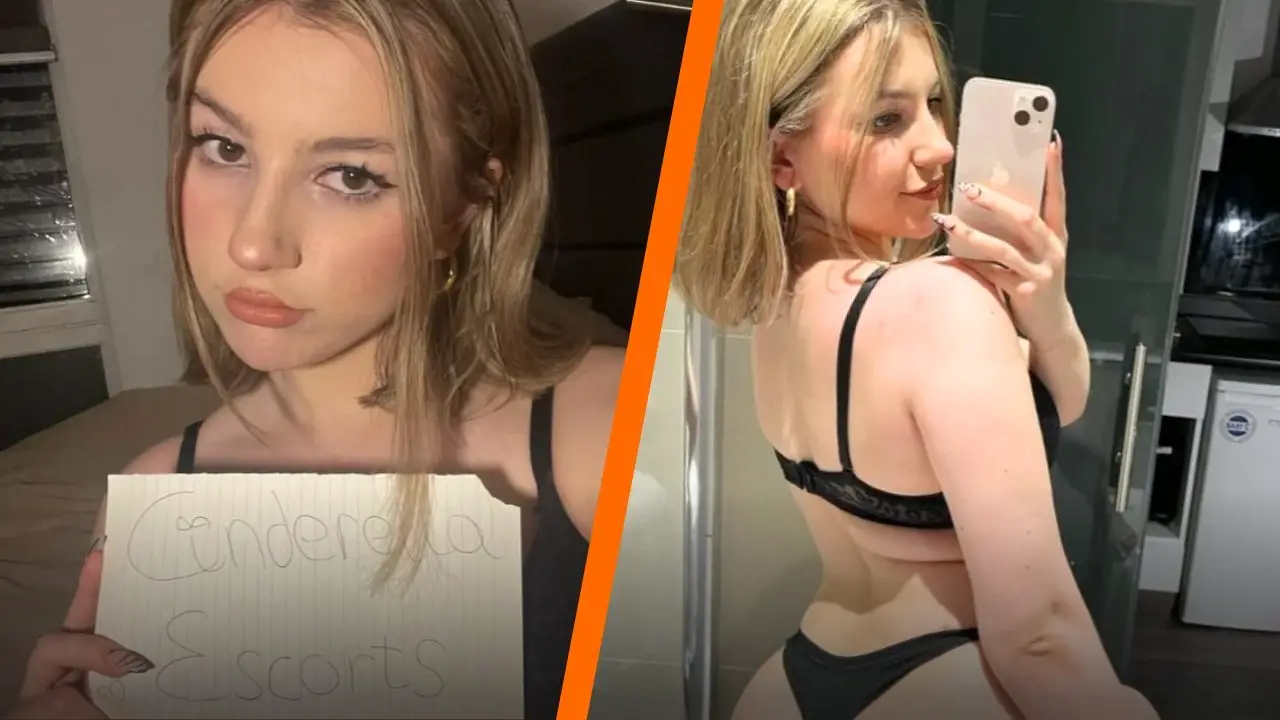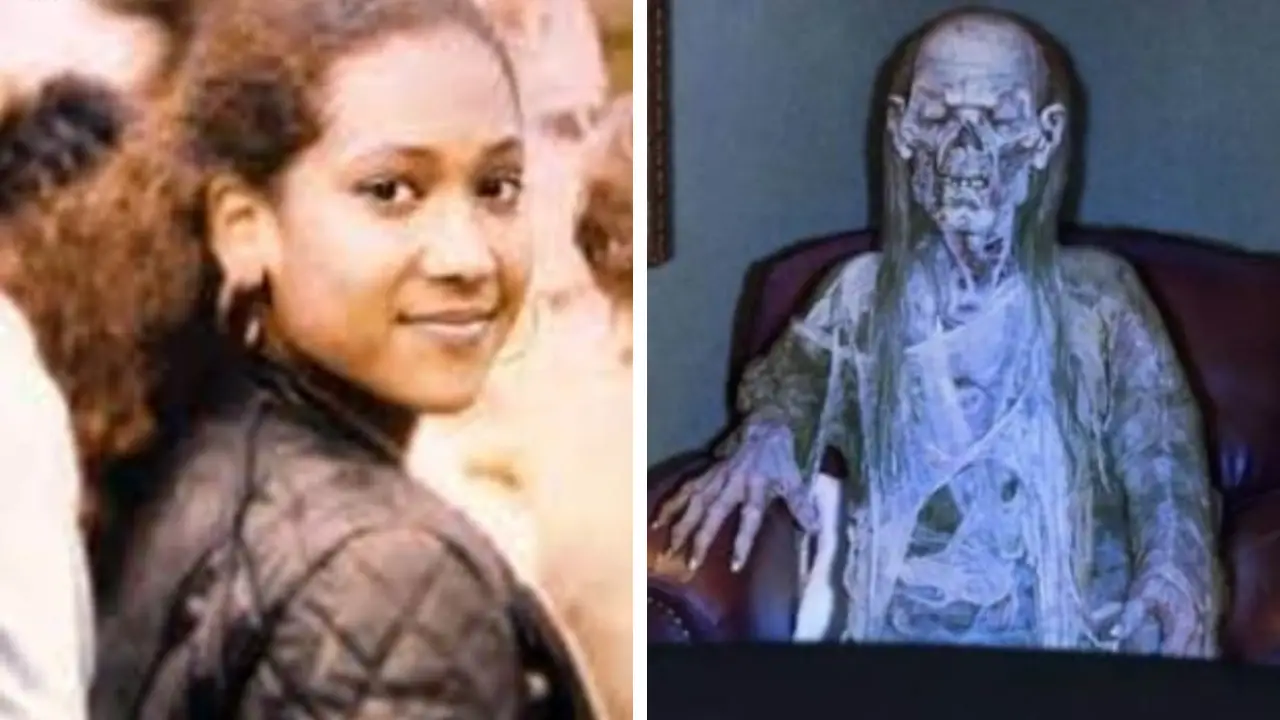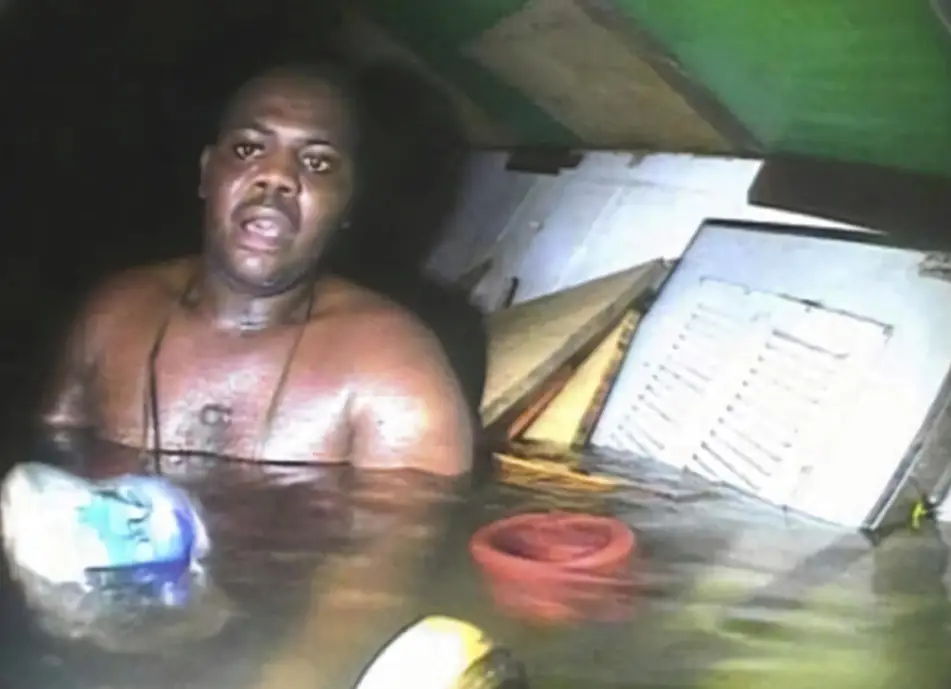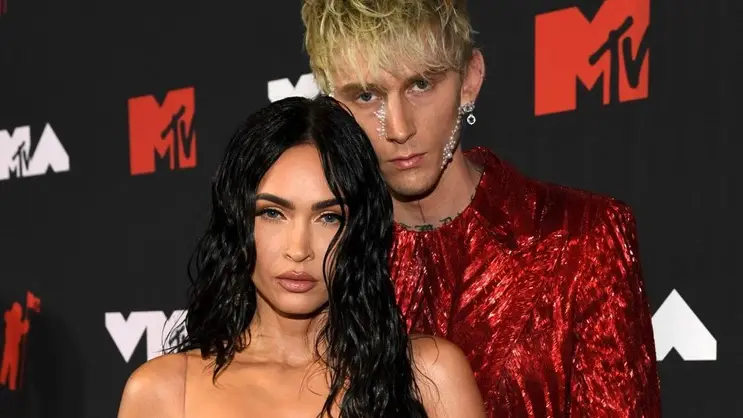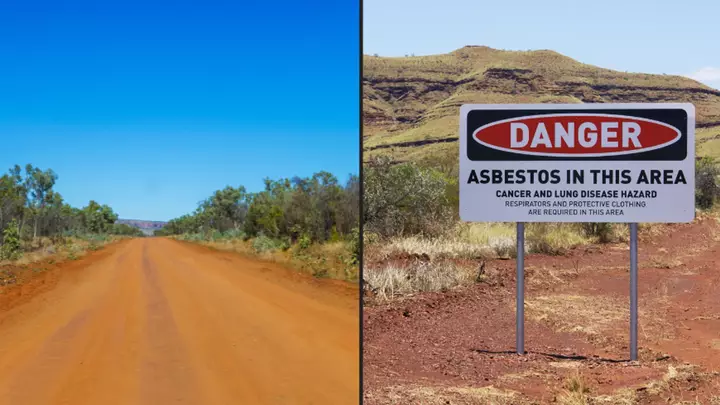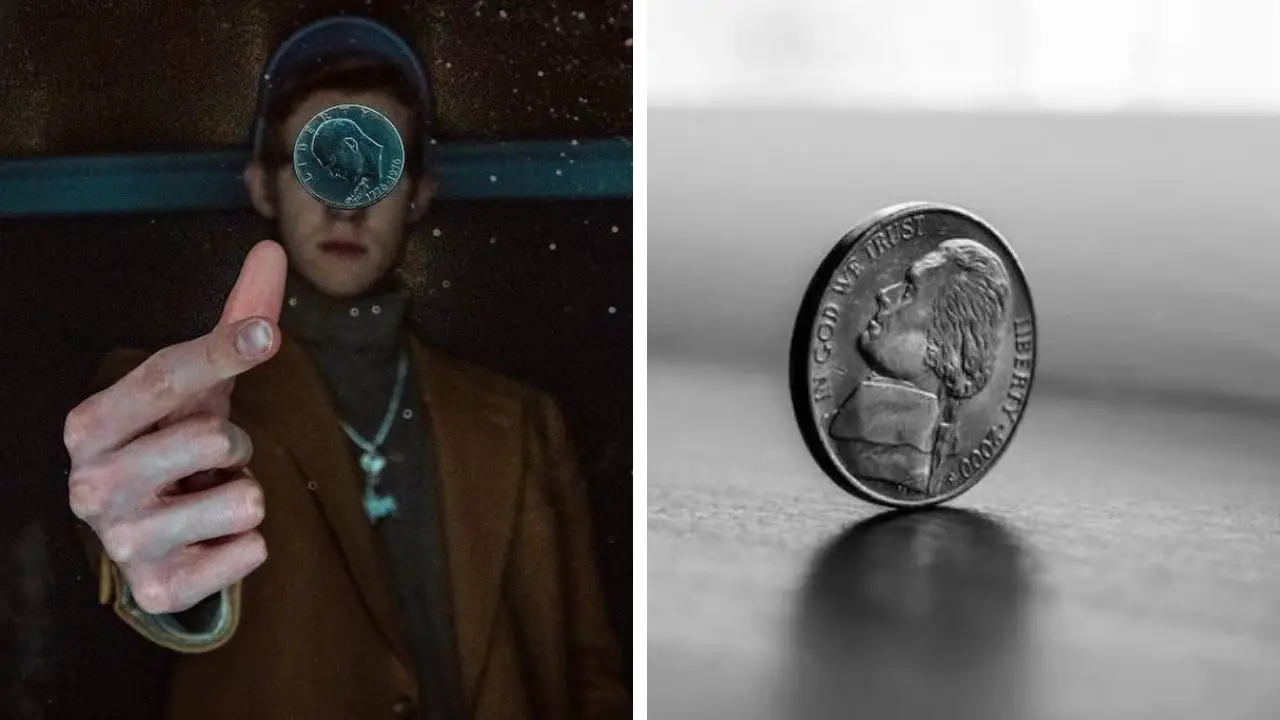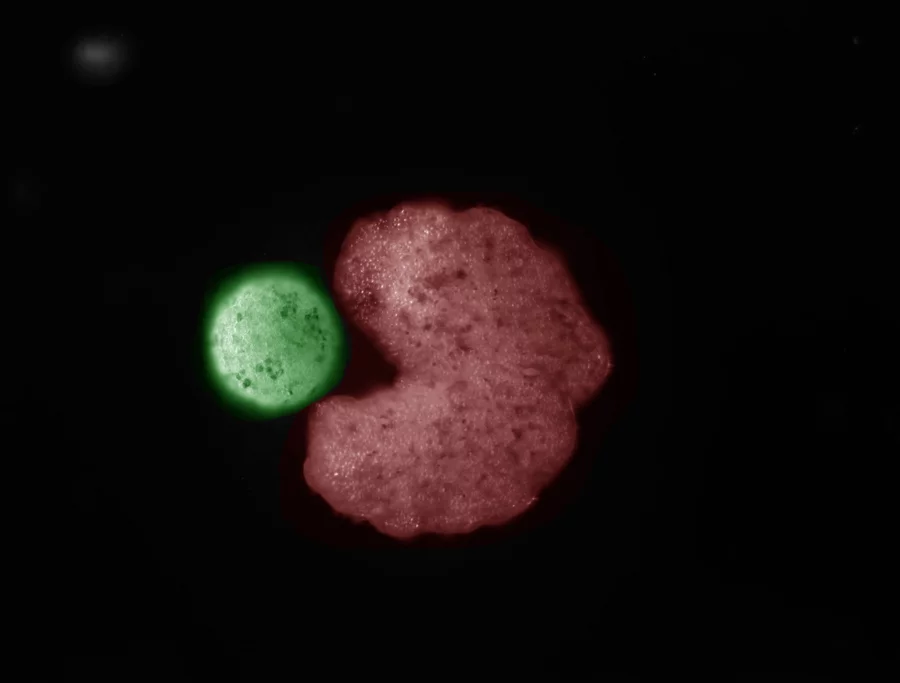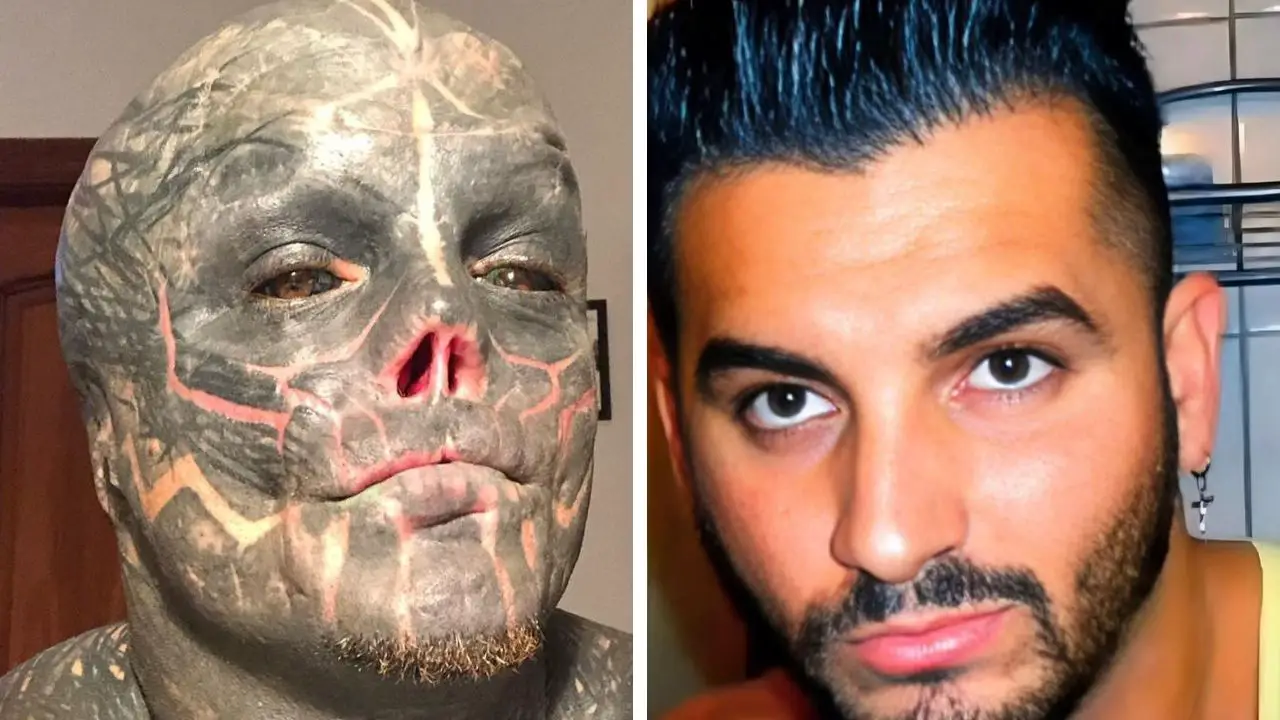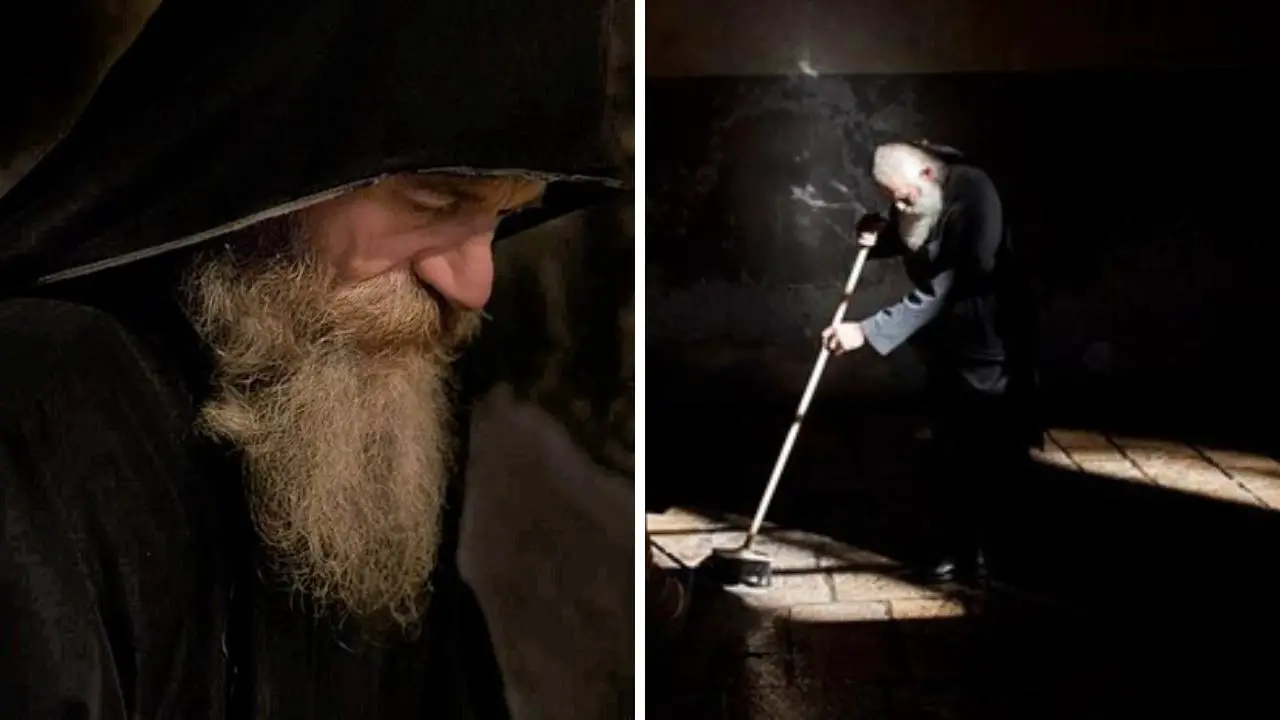9 Real Cases of Babies Born with Tails – Detailed Reports
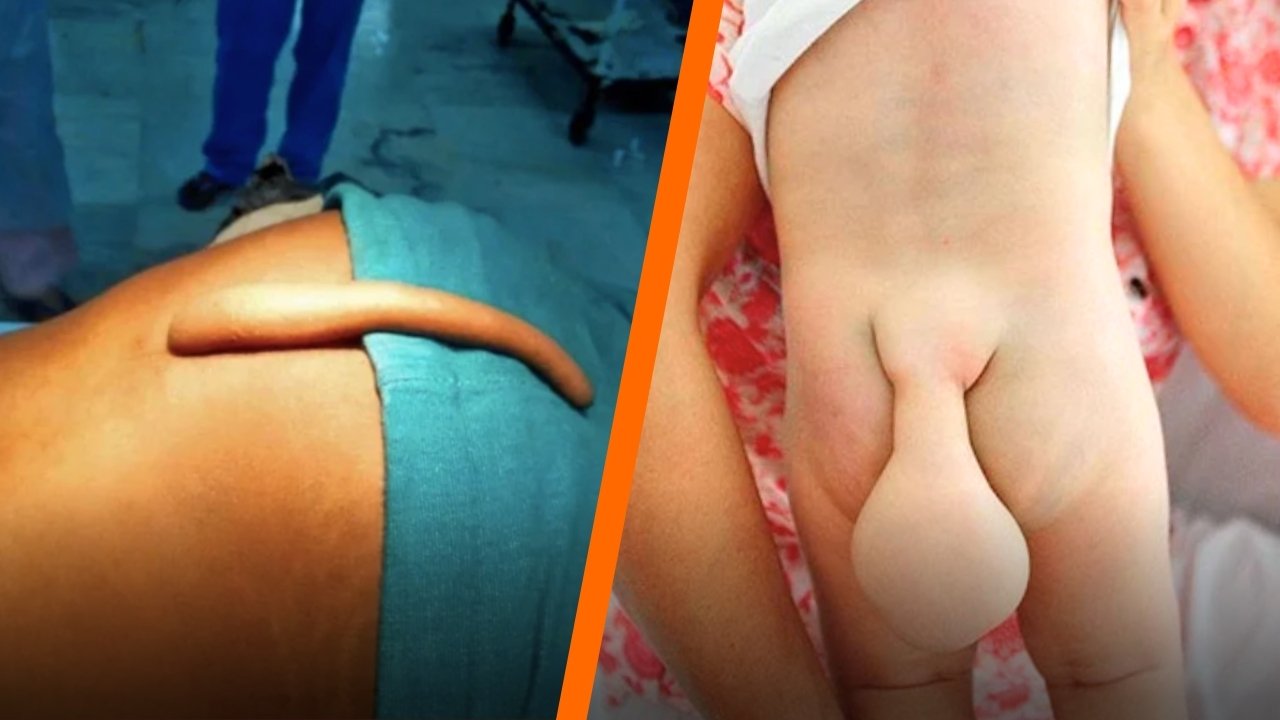
In an era when medical marvels often make headlines, one phenomenon continues to fascinate and baffle scientists and the public alike: babies born with tails.
While the notion might evoke images of our prehistoric ancestors, the truth is both more nuanced and more intriguing.
Today, we dive into nine detailed cases that shed light on the rare occurrence of vestigial tails in newborns, exploring everything from embryonic development to cultural perceptions.
A Glimpse into Our Evolutionary Past
It might seem like something straight out of a science fiction movie, but many humans develop a tail in their earliest weeks of life.
During the sixth week of gestation, a human embryo actually forms a tail complete with numerous vertebrae.
This tail, however, gradually disappears over the following weeks as the vertebrae fuse to form the coccyx, or tailbone, which remains a subtle reminder of our evolutionary history.
Personally, I find it incredibly fascinating that we all share this hidden legacy—a brief, embryonic reminder of a time when our ancestors might have sported tails.
01
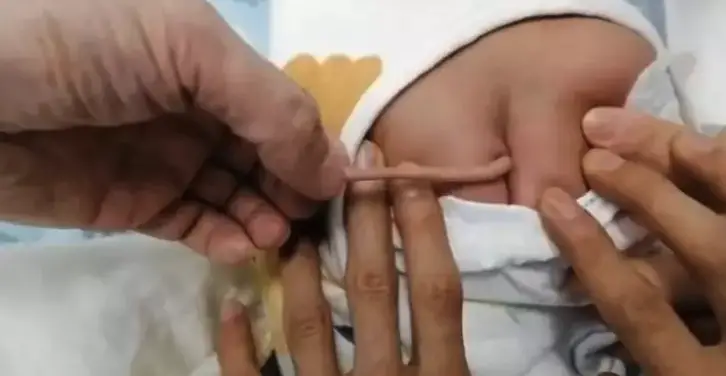
When Dormant DNA Awakens
On rare occasions, this developmental process takes an unexpected turn. In some newborns, a vestigial tail remains—a direct result of the activation of dormant, but still present, DNA.
Essentially, it’s like our genetic blueprint holds a “backup plan” that rarely sees the light of day.
Just as nature sometimes produces legged snakes in rare instances, a few babies are born with a short, fleshy tail that defies the typical course of human development.
02

The Real vs. the Illusion
Not every tail-like protrusion is a true vestigial tail, though. Medical professionals emphasize that many growths or cysts at the tip of the tailbone aren’t “real” tails at all.
Genuine vestigial tails are unique because, despite lacking bones, they contain nerves, blood vessels, tissues, and even muscles.
In some instances, these tails can move—a fact that often surprises both parents and doctors.
Imagine the shock on a parent’s face when they discover their child’s tail is not just a static appendage but has some degree of mobility!
It’s one of those moments where the reality of human anatomy turns out to be stranger than fiction.
03

Understanding the Pseudotail
There’s an important distinction to be made between vestigial tails and pseudotails.
A pseudotail may look remarkably similar to a vestigial tail, but its origin is quite different. Instead of being an independent appendage, a pseudotail results from an extended coccyx.
This abnormal extension of the coccygeal vertebrae creates a tail-like structure that isn’t truly separate from the rest of the anatomy.
It’s a subtle difference that can be confusing, even for seasoned medical professionals.
The fact that our bodies can develop such variations really underscores the complexity of human biology—and yes, it can make for some pretty interesting discussions at family gatherings!
04
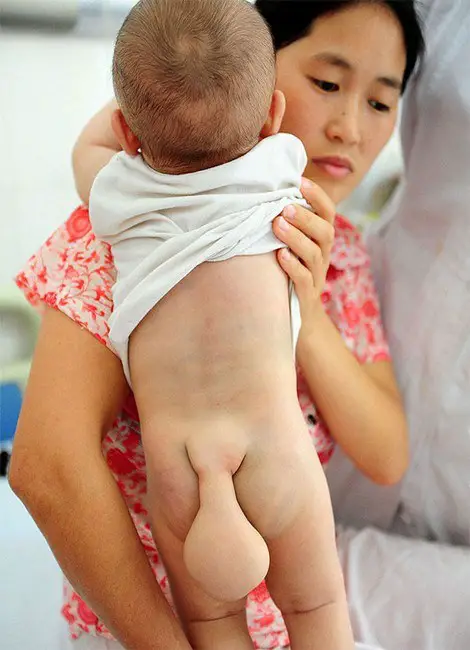
When Science Meets Record-Breaking Lengths
A recent study examined ten cases of pseudotails, finding that an abnormal extension of the coccygeal vertebrae was the most common cause.
But here’s where it gets even more intriguing: a young man in India holds the record for the longest known human tail, measuring an astonishing 13 inches.
This case isn’t just a scientific curiosity—it challenges our preconceptions about what is “normal” in human development.
05

The Power of Social Media in Medical Mysteries
In today’s digital age, social media has become an unexpected platform for sharing and discussing rare medical cases.
Numerous pictures of babies with real vestigial tails have been posted online, captivating millions of viewers.
These images have spurred a mix of awe, concern, and even humor among internet users.
It’s incredible how a single photo can ignite global conversation, bridging the gap between clinical case studies and public curiosity.
Social media, for better or worse, has turned rare phenomena into viral sensations—making the mysterious world of vestigial tails accessible to everyone.
06

To Remove or Not to Remove?
When a child is born with a tail, families are often faced with a difficult decision.
Some choose to have the tail removed surgically shortly after birth, while others decide to let it remain, at least until the child can participate in the decision-making process.
Interestingly, there are instances where the true nature of the tail isn’t confirmed until years later.
From my perspective, this choice underscores the deep interplay between medical advice, cultural values, and personal identity.
For many parents, the decision isn’t just about physical health—it’s about navigating a world that might react with either acceptance or stigma.
07

Health, Pain, and Personal Choice
Although there’s no strict medical necessity to remove a vestigial tail, many patients report discomfort, pain, or inconvenience as they grow older.
Some individuals have even waited until they were teenagers—sometimes as old as 17—to seek medical attention for the first time.
Their increasing pain finally prompted them to visit a doctor, leading to the discovery that what was once merely an unusual appendage was now a source of discomfort.
As someone who’s always been intrigued by the human body’s quirks, I find it both heartening and sobering to see medical professionals work tirelessly to alleviate these discomforts while respecting the patients’ personal choices.
08

Cultural Stigmas and Social Rejection
In many parts of the world, infants born with a tail are met with horror and criticism.
There are regions where such babies face social ostracism, their physical differences prompting fear and misunderstanding.
Parents, fearing societal judgment and discrimination, might even avoid seeking medical help for their child’s tail, exacerbating the condition’s impact on the child’s life.
Divine Gifts or Cursed Anomalies?
Interestingly, not all cultural narratives cast vestigial tails in a negative light.
In certain regions of India, for instance, a human tail is seen as a divine gift—a unique blessing that imbues the individual with special status.
In these communities, a tail is not an anomaly to be hidden but a mark of respect and reverence.
This divergence in cultural attitudes is both fascinating and reflective of broader societal values.
It highlights how our interpretations of physical differences are deeply intertwined with cultural history and belief systems.
09

Medical Innovation and Future Perspectives
Advances in medical imaging and genetic testing are making it increasingly possible to distinguish between a true vestigial tail and other similar growths.
Surgeons today can remove these tails with minimal complications, offering relief to those for whom the tail becomes a source of discomfort.
Yet, as we celebrate these technological achievements, it’s essential to remember the human element behind every procedure.
For some, the tail is a quirky characteristic to be preserved as part of their identity; for others, it is an unwanted burden.
In any case, the decision to remove or keep the tail often hinges on a variety of factors, including health, comfort, and cultural context.



